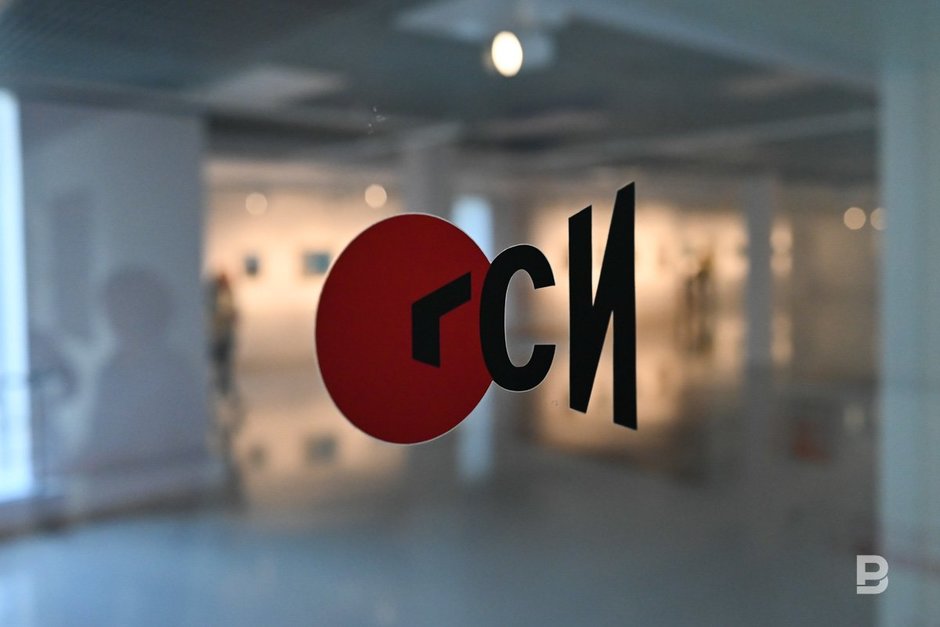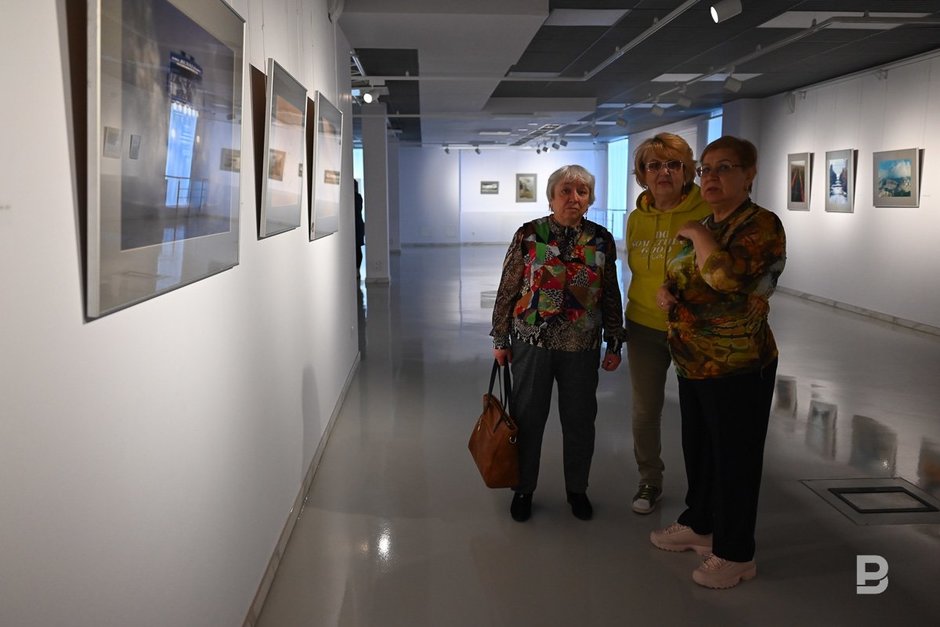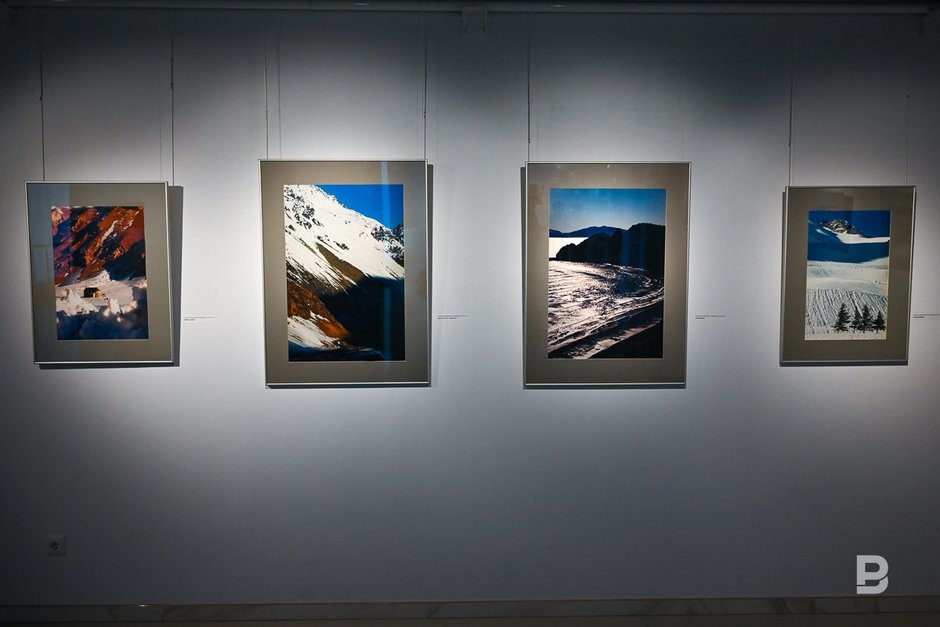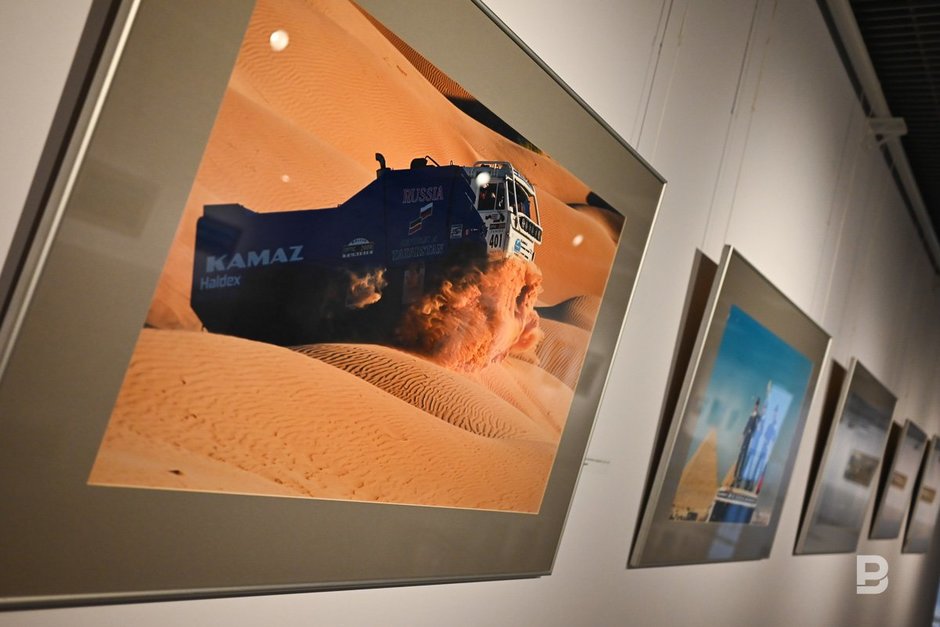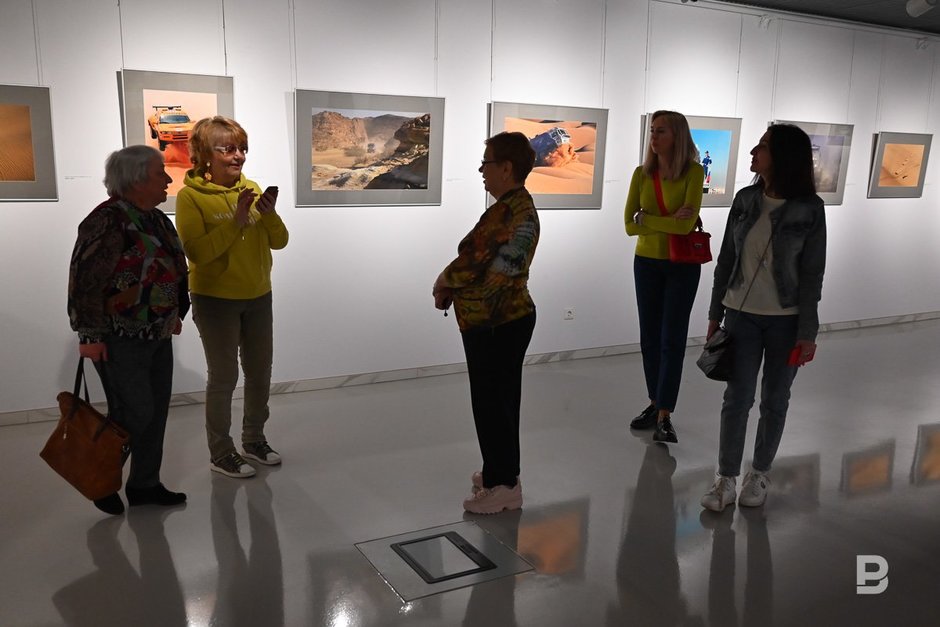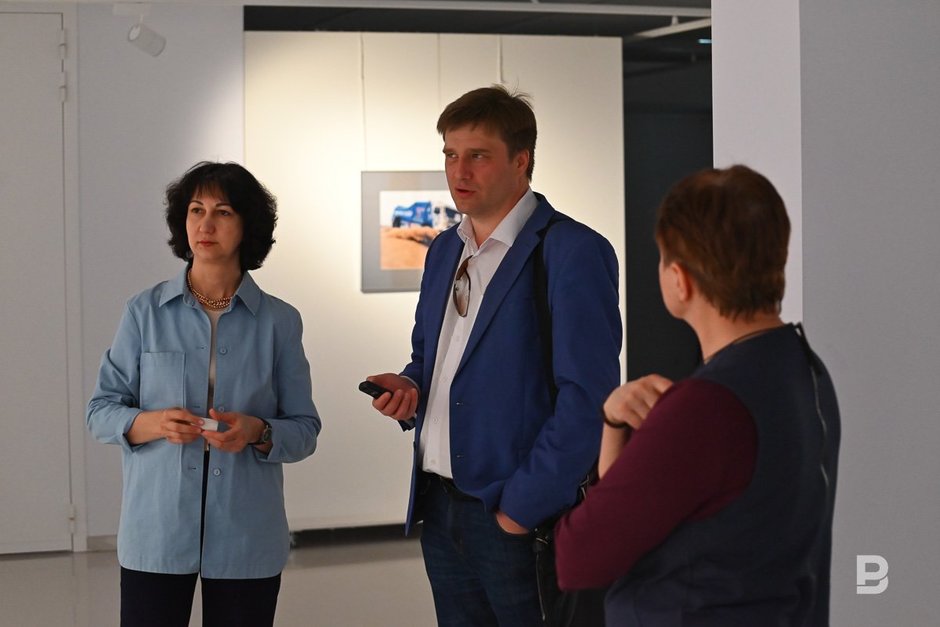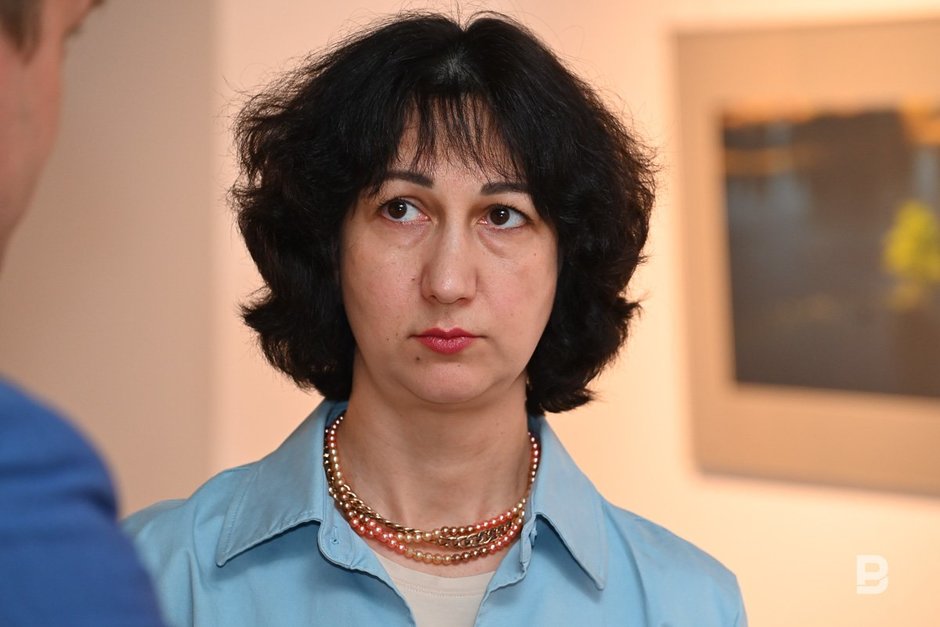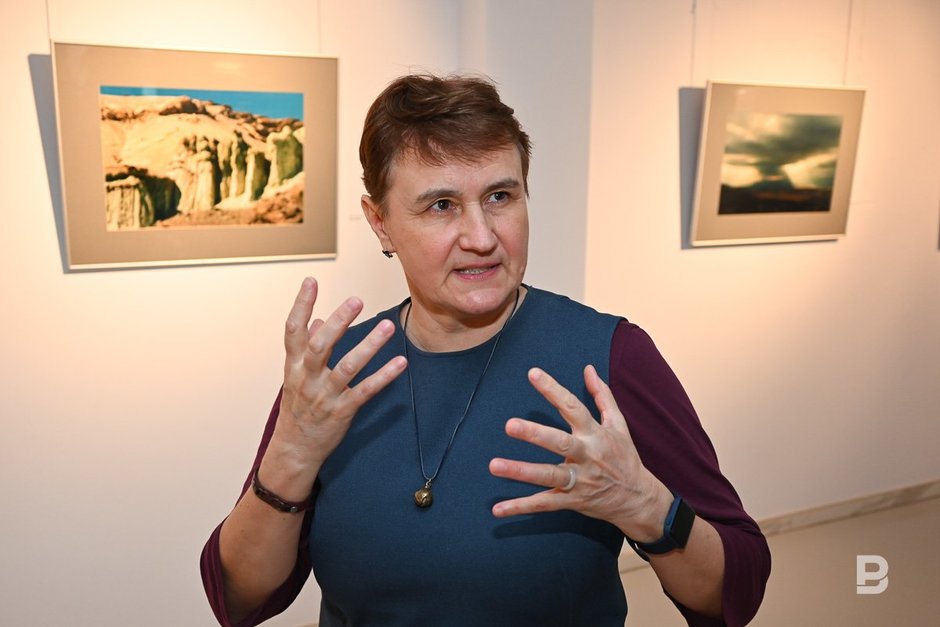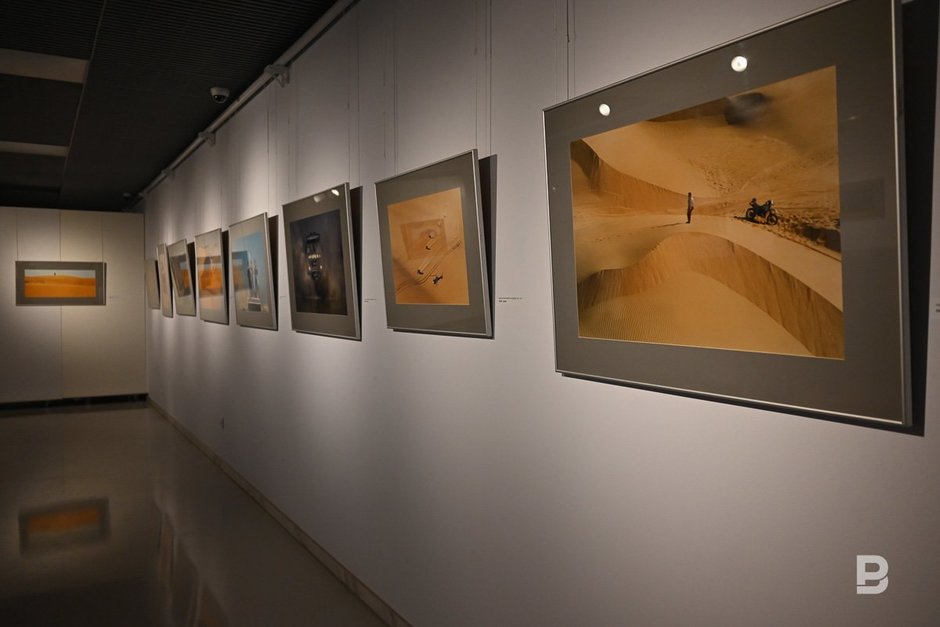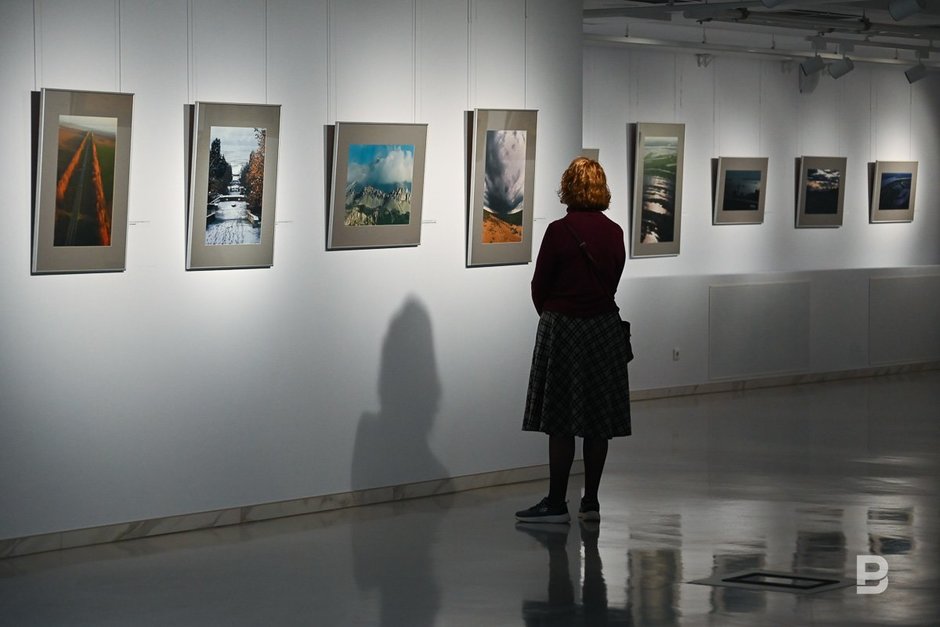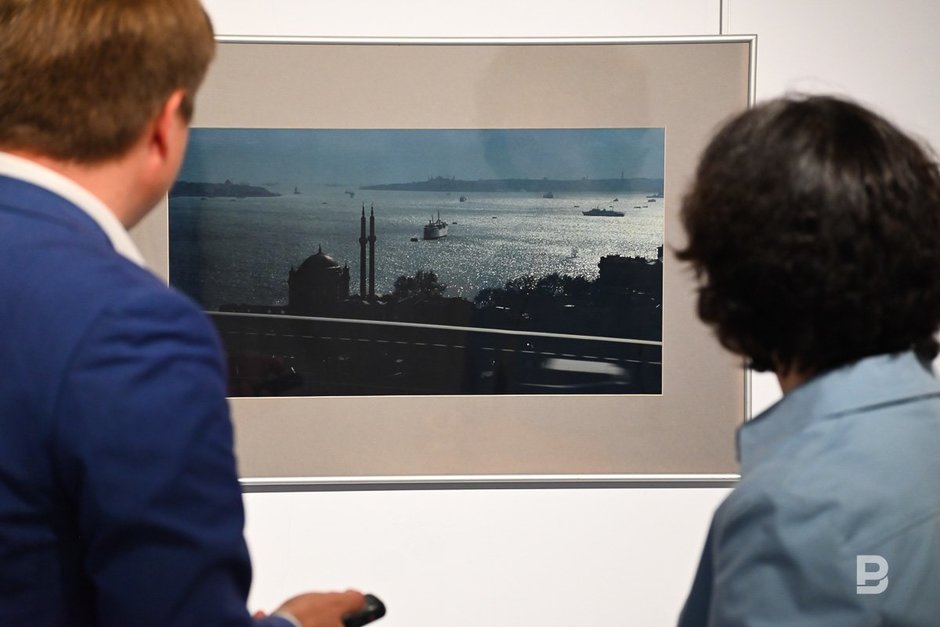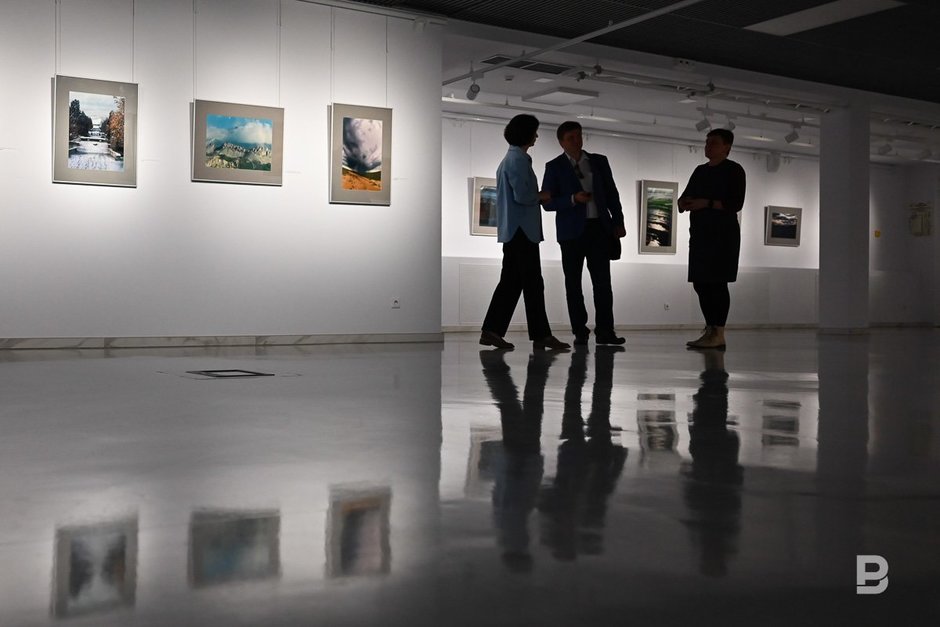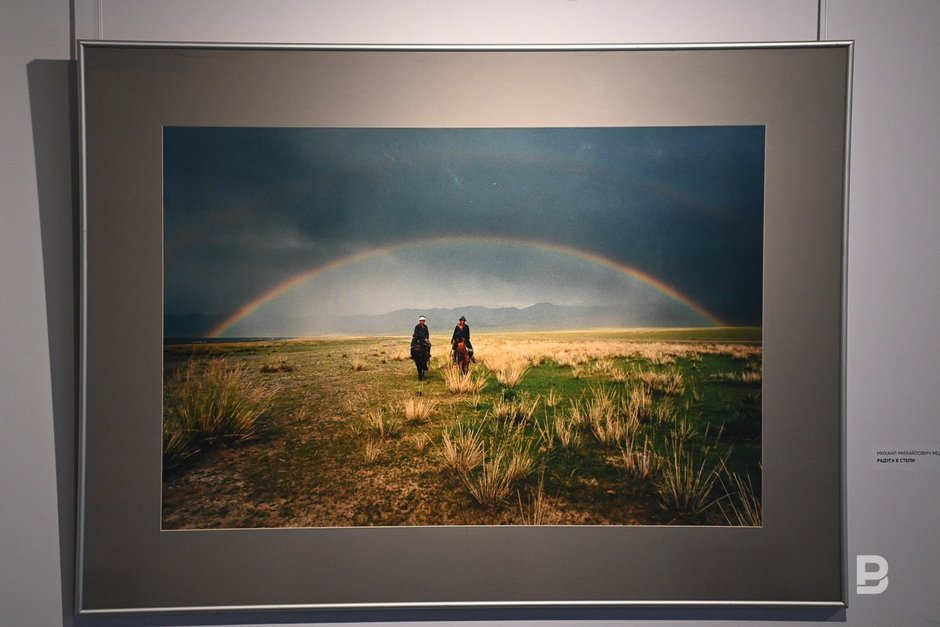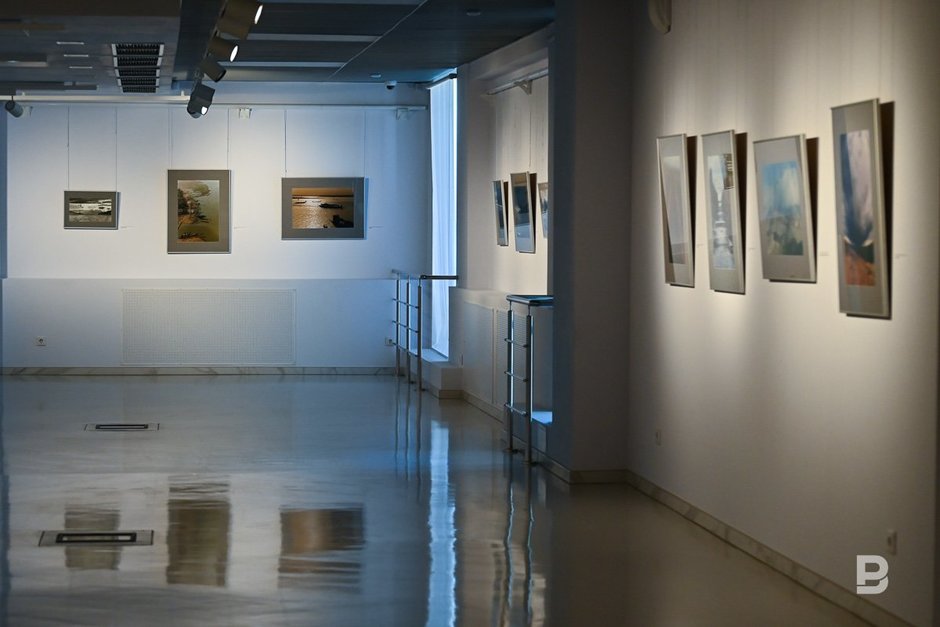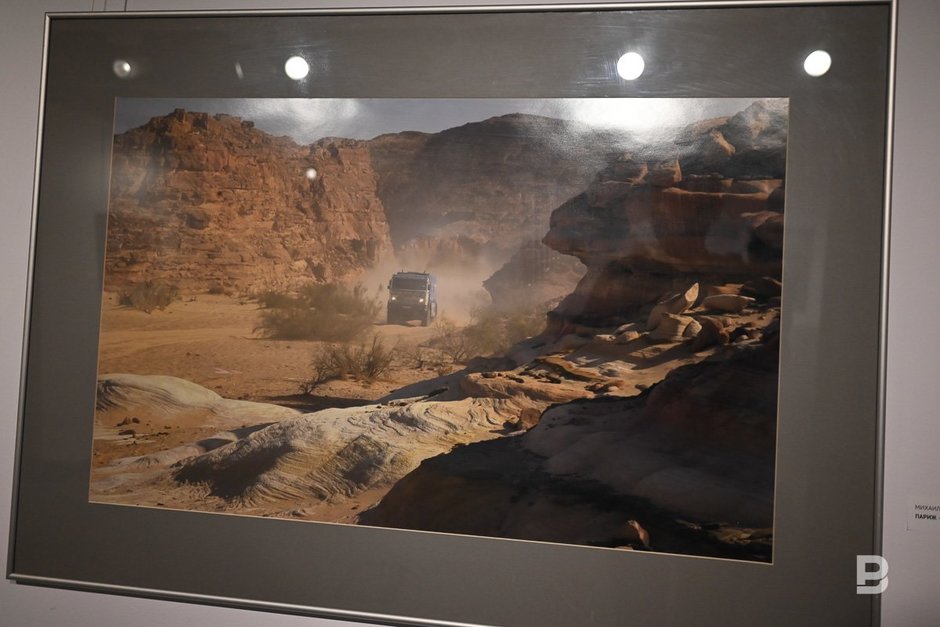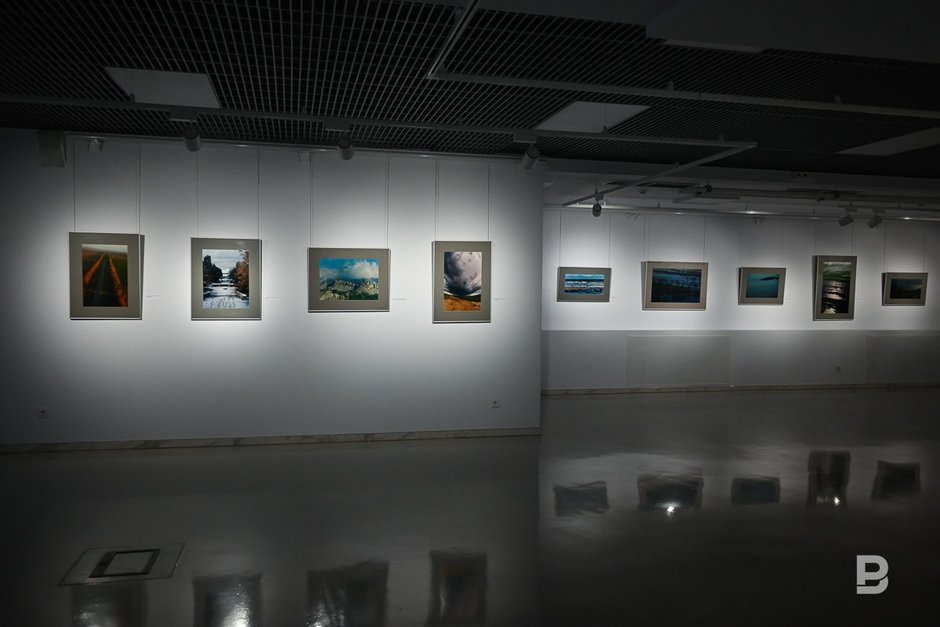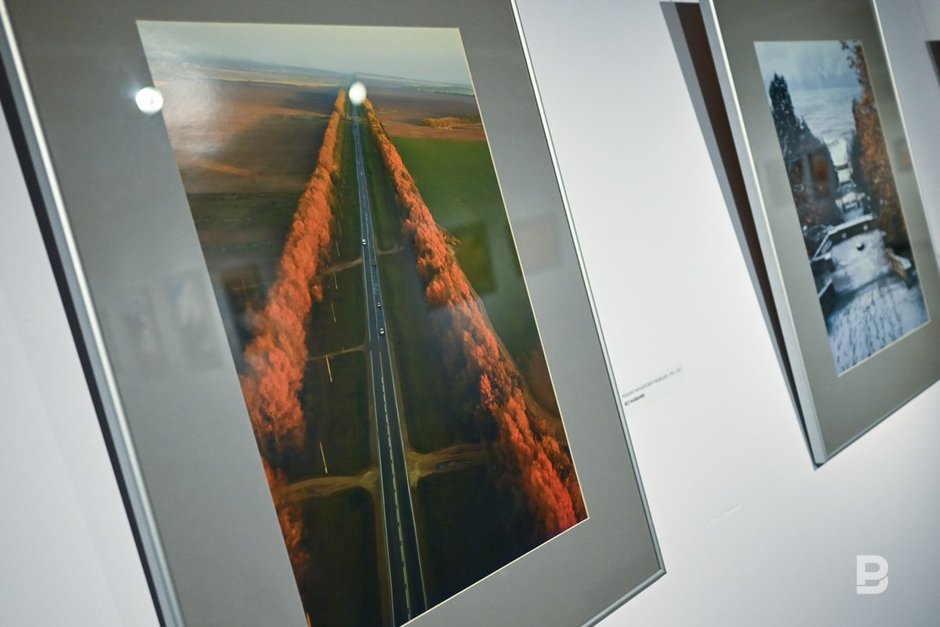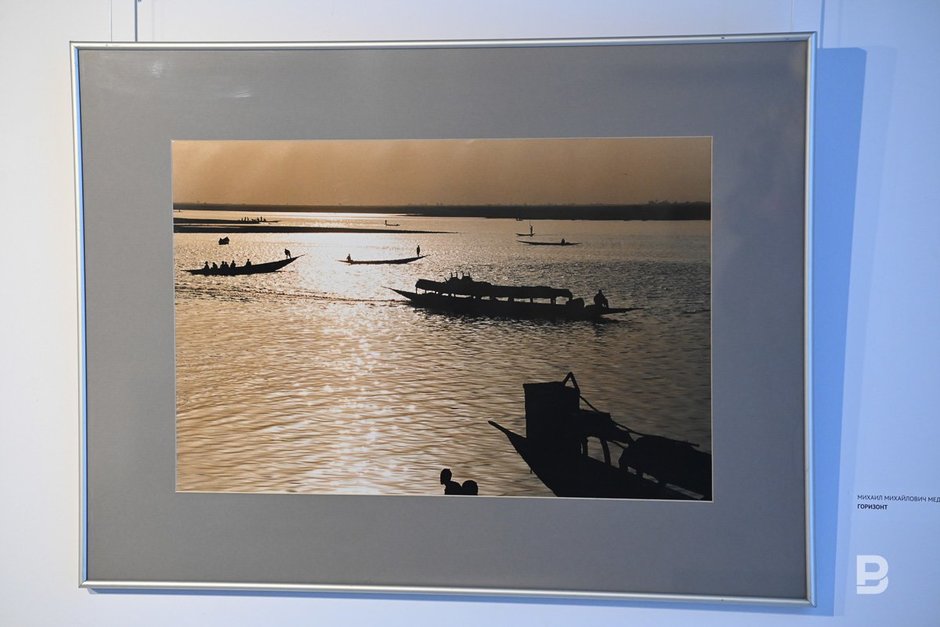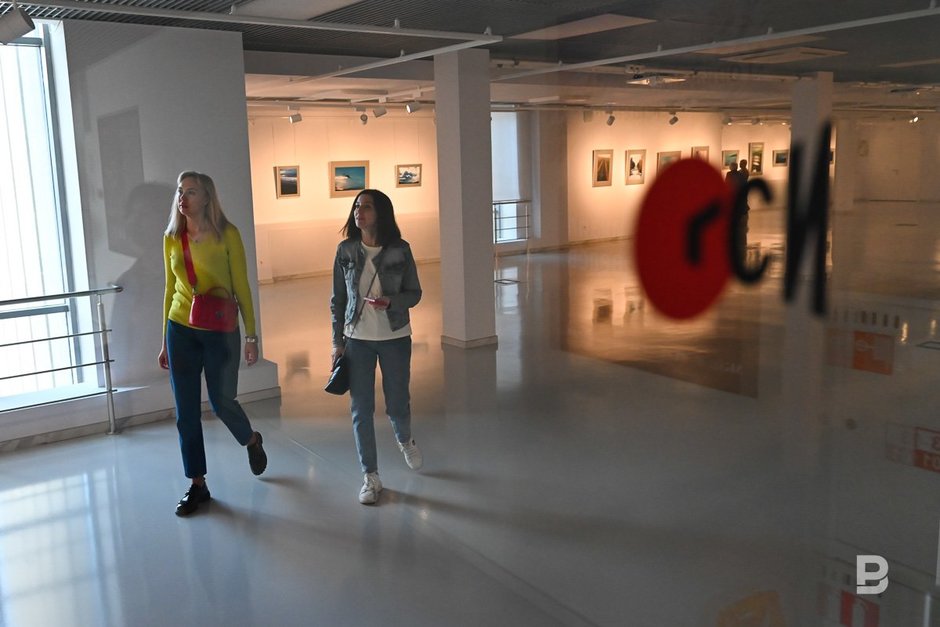Unending horizons of Mikhail Medvedev’s art
An exhibition of the famous photojournalist at Contemporary Art Gallery in Kazan is extended until 9 May
It was decided to extend the demonstration of a tiny part of the heritage of the honourable artist of Russia, USSR- and nationwide known photographer whose name is renowned far beyond our country exhibited in one of the halls of the Contemporary Art Gallery for a week. The interest in moments of history caught by Mikhail Medvedev’s camera lens doesn’t fade away. Read in Realnoe Vremya’s report about why the images catch one’s attention and fascinate as well as about the master who can stop unique instants.
Medvedev himself suggested the idea of the name of the exhibition
As Mikhail Medvedev who was born in 1945 explained, he took a camera in his hands at 13 and never parted with it. However, he didn’t decide to become a professional photojournalist immediately. At first, he tried to have a degree in history, then studied in a musical college. And if he didn’t get on with the educational institution, he managed to become a professional musician, he played in a jazz orchestra that was known across the USSR. Then he studied and successfully graduated from the Faculty of Directing of Moscow Institute of Culture, worked at the Rostov Cinema Studio, then was invited to Naberezhnye Chelny in 1974 where the Russian giant of the automobile engineering industry — Kama Automotive Plant — was growing in front of his eyes.
Then 29-year-old Mikhail chaired the video and photo service of the plant. In one of his interviews (Editor’s note: Mr Medvedev passed away in autumn of 2017) Medvedev said that he chronicled the enterprise for 12 years. The photos he took pictured the opening of almost all plants, the first column of KAMAZ lorries at Red Square and a myriad of other important and interesting moments.
In 1986, the photographer’s mastery was appreciated in the capital too. Mr Medvedev received an offer many colleagues had been expecting all their life — to become a correspondent for TASS news agency in the Volga region. “A lot, if not everything, first of all, depends on you, the goal you set for yourself. The one who lives a calm life won’t do a real thing. Not because he doesn’t want but because he won’t be able because the goal was to reach a small worldly oasis, whereas the horizon is unending!” the master expressed this confidence many times. The organisers of the exhibition of Medvedev’s works called this way, The Horizon is Unending!
“Since Medvedev has a very broad horizon as a photographer, we wanted to show the full range of his works, that’s to say, The Horizon is Unending is not rather a geographical concept in this context. We mean the photographer’s unlimited creative horizons. He travelled from the south to the north a lot. And we wanted to show this all,” head of the gallery Aliya Yakupova shared in a talk with Realnoe Vremya’s journalist.
And the organisers have choice. State Fine Arts Museum has more than 200 works if more than a million photos — a rich legacy left by the photojournalist — picked by the author himself.
“In 2009 or 2010 when we were just given this building by the Union of Painters, Mikhail Medvedev brought his exhibition to us — 238 works. And all these works stayed with us. In 2016, when he was still alive, he gave them us for constant use,” explained guardian of the photo stock of the State Fine Arts Museum Svetlana Novikova. Such a specialist and job appeared just recently, this year. And now the museum creates a photo stock — moments of the history of the republic caught on film.
“Direct, simple, perhaps cheeky...”
Mikhail Medvedev talked about himself this way when he was asked to briefly characterise himself and added: “My friends joke that I have a medium tank’s energy. I use it for peaceful purposes.”
Farit Gubayev is also a famous Tatarstan photographer, honourable artist of the republic, a photo editor of numerous exhibitions and photo albums — one of those whom Mikhail Medvedev himself confidently called a friend — calls his colleague vain too. But the meaning of this word isn’t negative.
“It is an extraordinary and bright personality. He is vain in the good sense of the word because a creative personality cannot be different. I don’t mean jealousness or envy but determination to achieve the best result. If it is photos, they are the best, extraordinary, they not only look bright but they are also emotionally bright,” he stressed in a phone talk with Realnoe Vremya’s journalist.
“What was he like? He was merry, cheerful, a person who always hurried, aspired for something. The exhibition reflects his energy, his mood, his aspiration,” noted Ramil Gali, a photo correspondent, honourable press and mass media worker of the republic, chairman of the Tatarstan Union of Photographers.
Gali didn’t manage to see Medvedev’s exhibition 12 years ago. He was on a business trip. As he admits himself, he regretted the missed opportunity. On 12 April 2022, on Cosmonautics Day, he participated in the opening of this exposition himself. He did this with pleasure and from a professional perspective, got acquainted with all the works.
“It is unique because Mr Medvedev was known across the USSR. He is a master of transmitting the feeling of space. These works are downy, have a lot of space, a lot of light energy and show great expanses,” he shared his impressions.
TASS authorised to state
The Telegraph Agency of the Soviet Union is the largest official media in the huge country. In 1986, Mikhail Medvedev agreed to become its correspondent without thinking it twice. And it was his golden ticket.
“During those years, this was not only prestigious but also very significant. It was like winning first place in a competition. It is an award but a tricky award: a person stops belonging to himself, the work takes all the time. It is necessary to attend all key events not only in Tatarstan but also across the Volga region. And it wasn’t the time like today with the Internet when you upload a photo, push the button and everything appears on the monitor in Moscow in five minutes. There weren’t digital cameras: it was necessary to load the camera, not to miss a scene at an event, have a good angle and catch the most important moments, then develop the film. How many cases there were when the entire job was wasted at this stage. Then the negatives needed to be sent to Moscow. It is necessary to have nerves of steel. And one cannot do without creativity — the images couldn’t be banal,” says Farit Gubayev.
But so many opportunities opened for the real artist. It is new locations on the USSR map, new countries, new knowledge, many events and an ocean of amazing photos and of course new professional heights. “A situation is important. It can be just one photo. But making it is top-class in my profession,” Medvedev himself said about the main recipe for success in a photojournalist’s work.
The amount of work increased. So Mikhail Medvedev turned out at a Paris-Dakar rally with the legendary KAMAZ-Master team for the first time with a task of the agency.
“I professionally did motorsport. I won medals in USSR competitions. I already worked for TASS when a journalist and photographer who was good at motorsport was needed,” Medvedev himself talked about the case that brought him with repeated lorry race winners together. The photographer happened to become intimate with the team for a long time.
“He managed to become not a stranger, not an invited photographer but a crew member for our legendary team. He didn’t receive even the State Award for joint victory together with them accidentally. Not everybody can have such a chance and moreover know how to take advantage of it. It isn’t enough to be a good photographer but also a car user. And he was a passionate car user. And being unstoppable, this aspiration to know a lot and achieve a lot made him a person we remember,” Farit Gubayev talks about his friend.
“He loved sport very much, he adored the speed and went to the Paris-Dakar rally together with the KAMAZ-Master team multiple times. He himself drove the machine very professionally. And the presented photos are unique,” Ramil Gali agrees with him. By the way, one of Gubayev’s favourite Medvedev’s works is linked with the rally. He remembered it immediately as soon as such a question was asked:
“The image of KAMAZ going up from the sand dune. It is so beautiful and dramatic at the same time. I even envied him when I saw it first. I know what such pictures mean and how life-threatening they are. And it isn’t easy to catch, it is necessary to take a photo, transmit it before a sand storm falls over you and the equipment,” he says.
This photo is being exhibited. But there isn’t the photo Mikhail Medvedev who was nicknamed Talisman by the team behind his back himself almost died when taking it. “In Sahara, there was a springboard where all lorries jumped high and went to one side. Our lorry was flying towards me, but I managed to photograph it some five times (!) and slide to one side,” the photographer himself recalled years later.
It turned out that the whole Soviet Union and then young Russia learnt about the course of the rally from TASS’s messages for a very long time. And Medvedev’s images were a bright illustration of the messages.
To stop the instant
Mikhail Medvedev was an overachiever, he knew and loved to observe what was going around him. And he skilfully singled out really beautiful, memorable moments. Some are tranquilising, some are alarming, sometimes alluring with mystery or, on the contrary, promising to tell you something very important. He could see and perpetuate it. Some of these works are also exhibited in this photo exhibition. Others promise to show when the next exhibition will be organised.
It is early yet to say when this will happen. The interest in this exhibition is still great. Either people one by one or small groups entered the hall when Realnoe Vremya’s group attended the exposition. Perhaps, from a professional point of view, it was more informative for the journalist to not only see but also observe others do this. Somebody thoughtfully and calmly walked along the photos hung on the walls and suddenly stopped next to a charming photo. Others heatedly discussed the details of what they saw in a whisper.
“Life consists of emotions and impressions. And a photographer is the person who can catch such moments. Mr Medvedev could see an image. Interestingly, on this small exposition, everybody sees something that is echoed in their soul,” notes head of the gallery Aliya Yakupova.
According to her, tourists and lonely visitors often visit the gallery on working days. Groups and families came at weekends. During his lifetime, Mikhail Medvedev had the time to print a part of his works as albums, books. Interestingly, precisely at that stage, destiny brought then Director General of TAIF Albert Shigabutdunov who also believes that the horizon is unending but only the one who isn’t afraid of going can reach it with photo correspondent Mikhail Medvedev.
“Once I received a task from the news agency to do a photo shoot at Pyramid Culture and Leisure Complex. It was necessary to receive the green light from Director General Albert Shigabutdinov. This is how we met with Mr Shigabutdinov. He wasn’t against it: ‘Do whatever you want and if it’s no trouble present me a CD with the photos.’ I did. And the director general unexpectedly offered to work on books by the 1000th anniversary of Kazan. Why not? In August 2003, I chaired Photo Art company,” Medvedev talked about the first meeting that led to a long-term joint work.
Four books that are spread across Russia and many foreign states were printed by joint efforts. These books include those images presented on the exhibition. Everybody who decided to go to the Contemporary Art Gallery until 9 May has a chance of seeing them.

